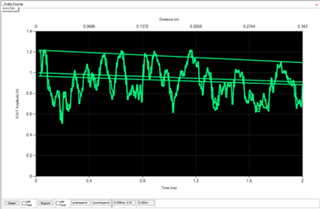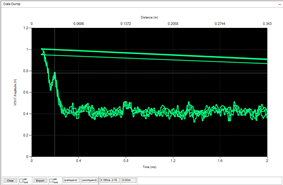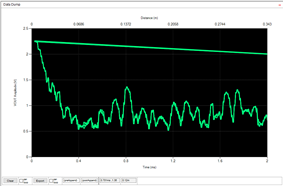Other Parts Discussed in Thread: TUSS4440
Hi TI,
I've been speaking to you on a few threads but thought it best to start a new one for clarity of what I'm now asking.
I seem to have progressed substantially and I don't really understand why. I have the BOOSTXL-TUSS4470 setup for driving a 1:1:9 transformer with the pre-driver FETs. I'm driving a 1MHz transducer from a supply of 7.5V and I think this ends up (because of current strength) hitting the transducer at around 100-120V (7.5 x 9 x 2 should be the max).I've set Cdamp and bulk decoupling cap for the transformer connection as per dev schematic.
I am trying to measure water in a steel container and until this point I've been unsuccessful and I think this is for 2 reasons.
- is that the transducer is not facing the top of the water level and so the ultrasound waves are bouncing all over the place before getting back to the transducer. I've proven this is the case by testing on a flat portion of the container which works great. So I'm working on ways to resolve this and have some bits coming in to do that.
- Rdamp was set too high. I've been using resistances of 75-5kohms and during testing I set Rdamp to 20ohms and found that my signal suddenly became very clear and repetitive. Below is a before and after Rdamp change, 2kohm vs 20ohm respectively.


Note that although the later signal is pretty small I can increase this by increasing the number of pulses to 10 which givens a strong ~0.6-1.2V peaks. Also note that the fluid height is 108mm.
Can you explain why this is? Does the low resistance pull on the LNA so much to effect the amplification and therefore give a more directly enveloped receive signal?




